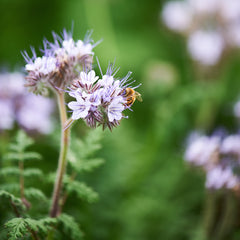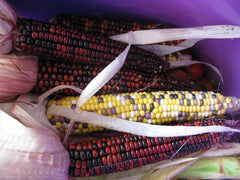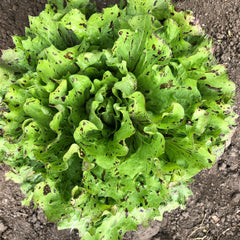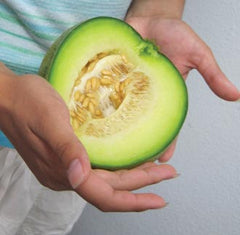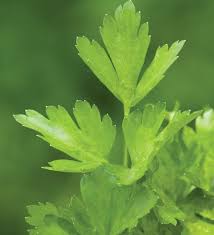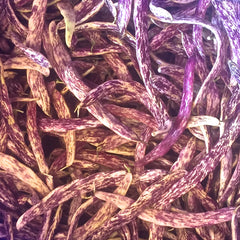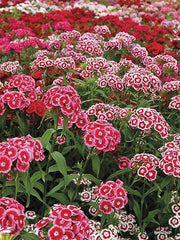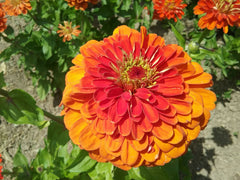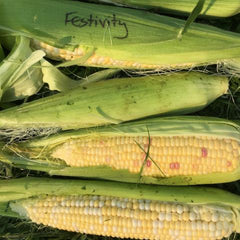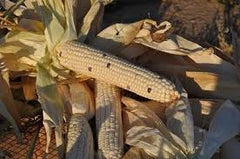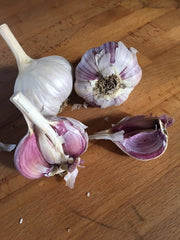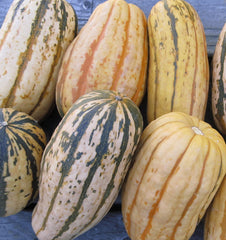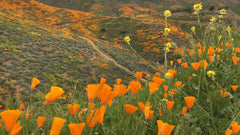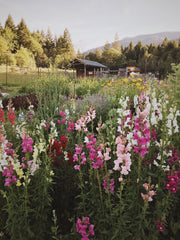Golden Giant
Amaranthus hypochondriacus
HOW TO GROW AMARANTH
Start indoors 4-6 weeks before last frost, plant out or direct seed after frost. Tender annual that does not tolerate frost. If growing for seed, grown in greenhouse in Zone 7B or cooler to avoid early frost. Optimum growing temperatures 60–70˚F. Keep moist until germination. Seeds require light to germinate, press into soil, do not cover. Soil pH 5.5-7.5. Hardiness zones 2-10. Annual.
Days from maturity calculated from the date of seeding. Average 44,000 seeds per ounce. Federal germination standard: 70%. Usual seed life: 5-10 years. Isolation distance for seed saving: 2 miles.
Planting Depth surface requires light
Soil Temp. Germ. 65-80˚F
Days to Germ. 4-8
Plant Spacing 6-12”
Row Spacing 24-30”
Days To Maturity 90
Full Sun, Moist Well Drained
Days from maturity calculated from the date of seeding. Average 44,000 seeds per ounce. Federal germination standard: 70%. Usual seed life: 5-10 years. Isolation distance for seed saving: 2 miles.
Planting Depth surface requires light
Soil Temp. Germ. 65-80˚F
Days to Germ. 4-8
Plant Spacing 6-12”
Row Spacing 24-30”
Days To Maturity 90
Full Sun, Moist Well Drained
- 400 Seeds$4.10
- 4000 Seeds$18.00
This golden grain amaranth has Aztec roots. It can be irrigated or dry farmed. Plants grow 6-7’ tall. The stalks and leaves are golden yellow and the seed heads are golden bronze. The young green leaves are edible and nutritious. Each plant yields about a pound of delicious grain. Tags: Harvest: Late, Color: Gold, S...
This golden grain amaranth has Aztec roots. It can be irrigated or dry farmed. Plants grow 6-7’ tall. The stalks and leaves are golden yellow and the seed heads are golden bronze. The young green leaves are edible and nutritious. Each plant yields about a pound of delicious grain. Tags: Harvest: Late, Color: Gold, Size: Large, Specialty: Storage.
Originated in Mexico where it is called Quelite or Blero. Staple cultivated crop of the Aztecs, Incas and Mayas before Spanish colonialists banned it. Amaranth was preserved in hard to reach mountains of Central and South America. The flowers of the 'Hopi Red Dye' amaranth were used by the Hopi as a deep red dye. First introduced as an ornamental plant in Europe in the 16th century. High in vitamin A, C, folate and several minerals. Gluten-free source of protein. Delicious amaranth recipes.
Originated in Mexico where it is called Quelite or Blero. Staple cultivated crop of the Aztecs, Incas and Mayas before Spanish colonialists banned it. Amaranth was preserved in hard to reach mountains of Central and South America. The flowers of the 'Hopi Red Dye' amaranth were used by the Hopi as a deep red dye. First introduced as an ornamental plant in Europe in the 16th century. High in vitamin A, C, folate and several minerals. Gluten-free source of protein. Delicious amaranth recipes.
Learn More
Meet Your Farmer
We promote fair trade, organic practices and environmental responsibility throughout the Restoration Seeds supply chain. Below are the family farmers and seed suppliers who bring our open pollinated seeds to you.
Feral Farm
Certified Organic by CCOF
Seed grower since 2015


I started growing seed commercially as an apprentice at the Organic Farm School in the Puget Sound in Washington. I already loved growing vegetables, but taking a plant all the way through its life cycle felt like a special kind of honor, and I quickly saw the value in sustaining organic, important, and rare plant varieties and participating in sustainable food systems in this way. I moved to Oregon in 2015 and have been growing my organic seed farming business over the last four seasons by renting land from existing farms and slowly taking on higher volumes and more varieties. I’m currently growing 1.6 acres of certified organic seed crops and heirloom garlic.
Reviews
